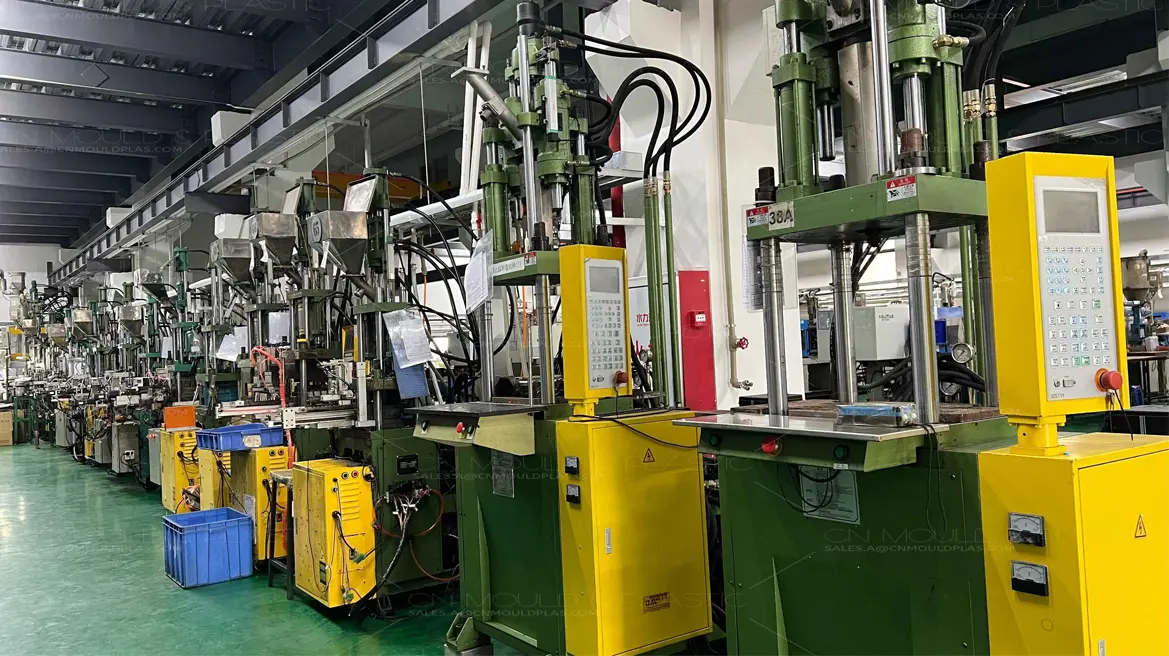The low pressure molding product offers effective defense against water, dust, chemicals, shock, vibration, and high temperatures, and superbly relieves pressure.

1. We offer comprehensive low pressure injection molding solutions that cover everything from design for manufacturing to DFM, mold design and fabrication, materials selection, equipment, and process parameter optimization.
2. Possess a high-performance low pressure injection molding machine that can meet your product needs.
3. Our company possesses a professional design team that provides technical support throughout the production process for you.
4. Get certified with ISO 9001:2015 and IATF 16949:2016 to ensure the quality of your products.
Low pressure injection molding is distinguished from traditional injection molding by its lower injection pressure. This feature offers the advantage of reducing the likelihood of damaging the encapsulated parts. As a result, low pressure molding processes find primary use in two distinct applications:
1. In electronic and electrical industry: printed circuit boards, automotive electronic products, sensitive components, mobile phone batteries, cables, connectors, sensors, etc.
2. In automotive industry: door guard plates, column guard plates and wrap frame guard plate covered with skin such as fabric, PVC fabric.


Step 1 : Put the electronic parts into the predetermined mold cavity.
Step 2 : Use low pressure to inject plastic, then apply low pressure molding using a machine for Overmolding.
Step 3 : After cooling, remove the plastic parts manually and inspect them.
Low pressure molding (LPM) and injection molding are both popular manufacturing processes for creating plastic parts, but they have some key differences in terms of materials, processes, applications, and advantages. Here's a comparison:
Material:
LPM uses a limited range materials, like PO, PP, PA, and even epoxy and polyurethane. Injection molding primarily uses thermoplastic materials that can melt and re-solidify, such as PP, PE, ABS, and PS.
Process:
LPM utilizes moderate pressure (around 3.5-14 bar) to inject molten plastic into a mold cavity. Injection molding employs high pressure (150-3000 bar) to rapidly inject molten plastic into a closed mold cavity under high pressure, then cools and solidifies it.
Applications:
LPM is often used for simpler parts where high precision is not critical.Injection molding is best suited for complex, high-precision parts requiring tight tolerances and intricate details, like gears, housings, electronic components, and medical devices.
Summary:
LPM molds are generally less expensive than injection molding molds due to their simpler design and lower pressure requirements.
LPM offers more flexibility in material selection, while injection molding offers better control over material properties.
Both processes are capable of high throughput, but injection molding can achieve faster cycle times for complex parts.
Surface finishes can be comparable for both methods, but injection molding offers a nicer and wider range of finishing options.
Ultimately, the best choice between LPM and injection molding depends on your specific project requirements and priorities.

The low pressure molding product offers effective defense against water, dust, chemicals, shock, vibration, and high temperatures, and superbly relieves pressure.

Simplify the production process, cut production time, increase productivity, reduce the rejection rate, and lower production costs.

Choose materials that are eco-friendly, reduce the use of unnecessary materials, and minimize material waste.
Low pressure molding is a great method to protect sensitive components. The type of plastic used is crucial because it impacts the strength, durability, and thickness of the final product. Thus, it's essential to select the right materials for different application, as outlined below:
1. For automotive electronic parts, It is advisable to utilize materials that can withstand high temperatures as the surrounding temperature can be quite elevated.
2. For outdoor electronics, such as wearable devices, bicycle components, underwater devices, or sensors, it may be necessary to use materials with a higher viscosity.
In CN, the most commonly used material for low-pressure molding is polyamide (PA). It is chosen because of its high mechanical properties and melting point. In particular, components produced from PA materials display exceptional durability against wear and tear, possess natural lubrication capabilities, and exhibit strong resistance to fatigue.


